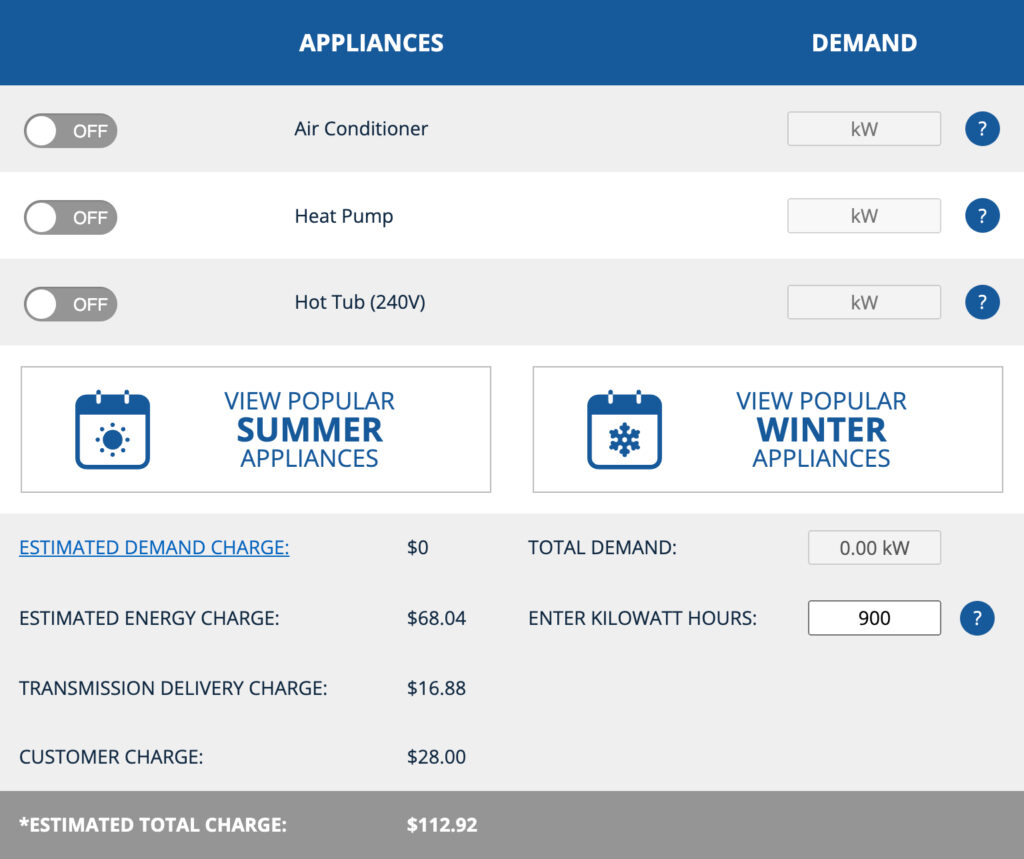Stop stacking chores.
Give yourself a break from multitasking, and you could save money on your electric bills.
Understanding Demand
A demand charge is a variable charge that’s measured in kilowatts (kW), and it’s based on the intensity at which electricity is used at a given time. Meaning, if your AC unit is running at the same time as your dishwasher, oven, dryer, or any other large electrical appliance, your electrical demand will be higher than if you were to spread out the use of those appliances throughout the day.

How is demand measured?
Summer
Winter
Calculate Your Demand
WHEN IN DOUBT, SMOOTH IT OUT.


Why is decreasing demand important?
Currently, we build and maintain an electrical grid that can support the highest potential demand from all customers. The small red peak on the graph shows the highest demand and stress placed on our electrical grid in 2020.
It’s expensive to build and maintain this system when we only need to support that much electricity use during a short period of time each year. If we can all decrease our demand, we can eventually lower the cooperative’s costs for the electrical system, resulting in lower costs for all customers in the future.
What other charges impact my bill?
On January 1, 2023, Midwest Energy implemented a new three-part rate structure for residential and small business electric rate classes.
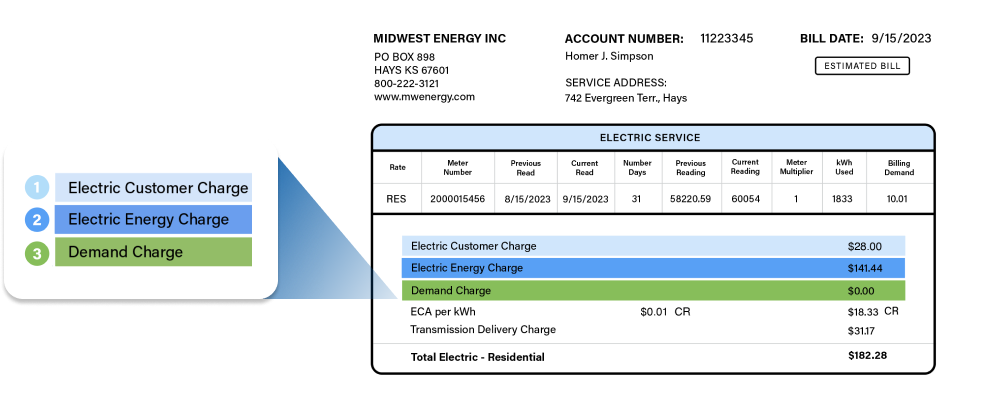
Customer Charge
Fixed $28/month charge. This is unchanged.
Energy Charge
A variable charge based on the amount of kilowatt hours (kWh) of electricity used during the month.
Demand Charge
A new charge, measured in kilowatts (kW), based on the intensity at which electricity is used at a given time.
WHAT ELSE CAN I EXPECT?
Four-Year Phase In
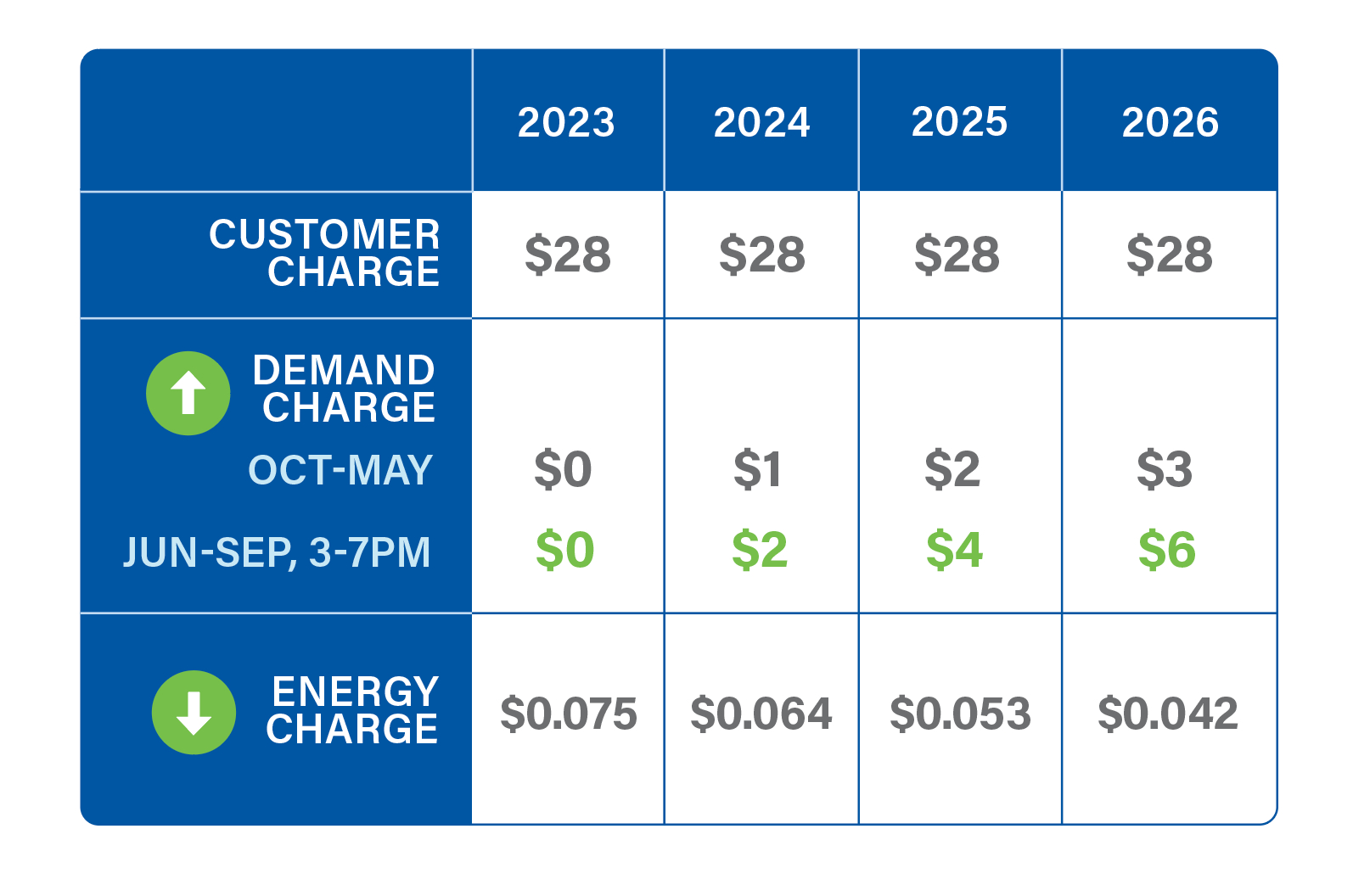
No overall increase
As demand charges are introduced, energy charges will decline each year, offsetting much (in some cases, all) of the demand charge. This means average residential customers will see no overall increase in their electricity bills.
Using CustomerConnect
Using CustomerConnect is the easiest way to view your electricity use and demand as well as manage your account. Through this online portal, you’re able to:
- Find Your Demand & Energy Use
- Setup Personalized Dashboard
- View Detailed Electric Usage Info
- Configure Notifications
How to Sign Up
Visit www.mwenergy.com and click on “Account Login”
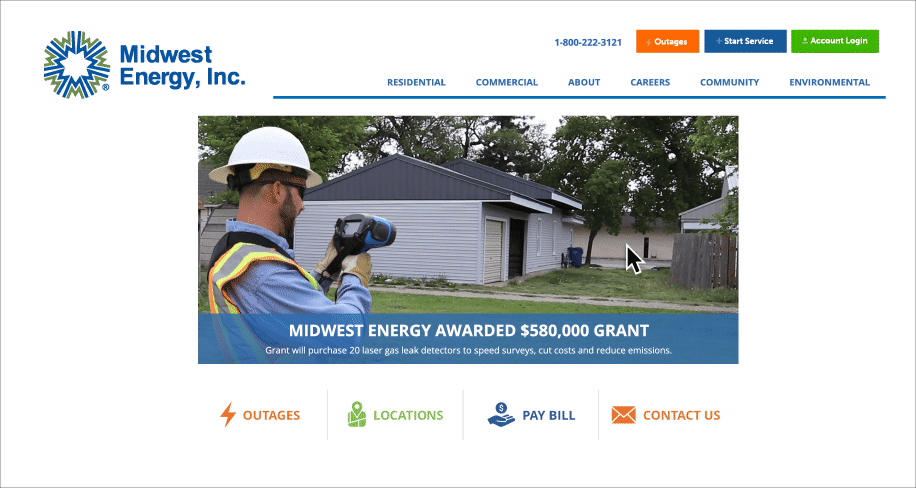
How to Sign Up
Under the login box, click on the “Sign Up Now" link
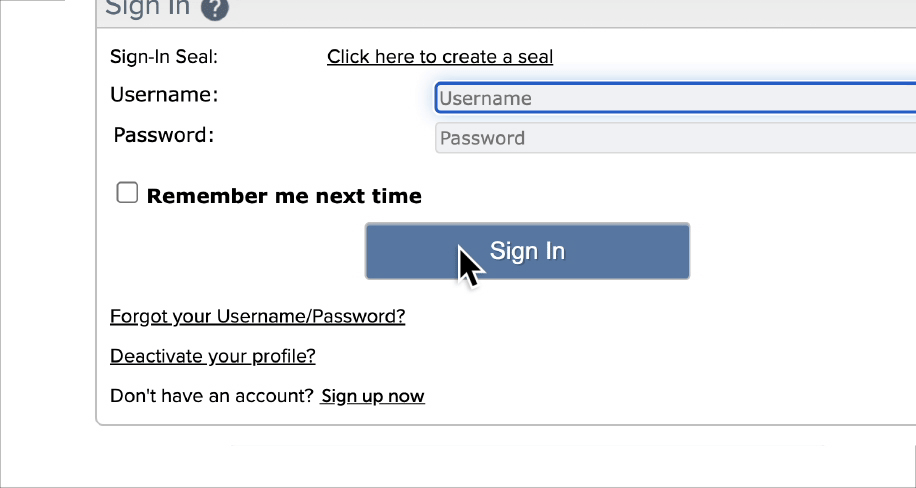
How to Sign Up
Complete the sign up form and submit
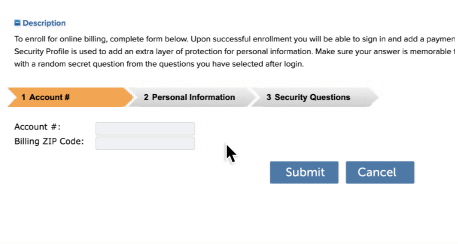
How to Sign Up
Log in to your account and click on CustomerConnect

Demand Calculator
Use this tool to see how your demand charge could impact your bill and how you can save money.
Upcoming Events
Interested in learning more about demand rates? Attend one of our upcoming events in your community.
No public meetings are currently scheduled.
Frequently Asked Questions
Demand charges are a more accurate and transparent way to bill customers according to the impact each customer places on the grid and generating resources. By sending a price signal to reflect actual costs, customers can influence individual bills immediately and overall capacity costs in the long run.
The demand charge recovers fixed costs (transformers, power lines, generating resources, etc.) based on the intensity at which energy is used. A demand charge line item appears on residential customer bills with a $0 charge in 2023, and in Jan. 2024 the charge will gradually increase over three years while the energy charge decreases.
An independent cost-of-service study was performed this year to allocate costs across all rate classes. A cost-of-service study identifies the cost of providing service to each rate class as a function of load and service characteristics. These studies provide a useful guideline for assigning cost responsibility in a way that is fair and equitable.
Midwest Energy’s Board of Directors and executive staff continuously monitor the financial position of the cooperative and industry trends across the country to determine if or when a rate increase or rate design change is necessary. An independent, experienced firm was hired to conduct a cost-of-service study, and recommend changes to rate designs.
The revised rates took effect January 1, 2023. However, residential customers will not be billed for demand charges until January 1, 2024. This allows time for Midwest Energy to conduct a customer education campaign on demand rates, and to help customers better understand how they can lower their demand to control costs.
Questions about demand rates? Please call us at 1-800-222-3121.
